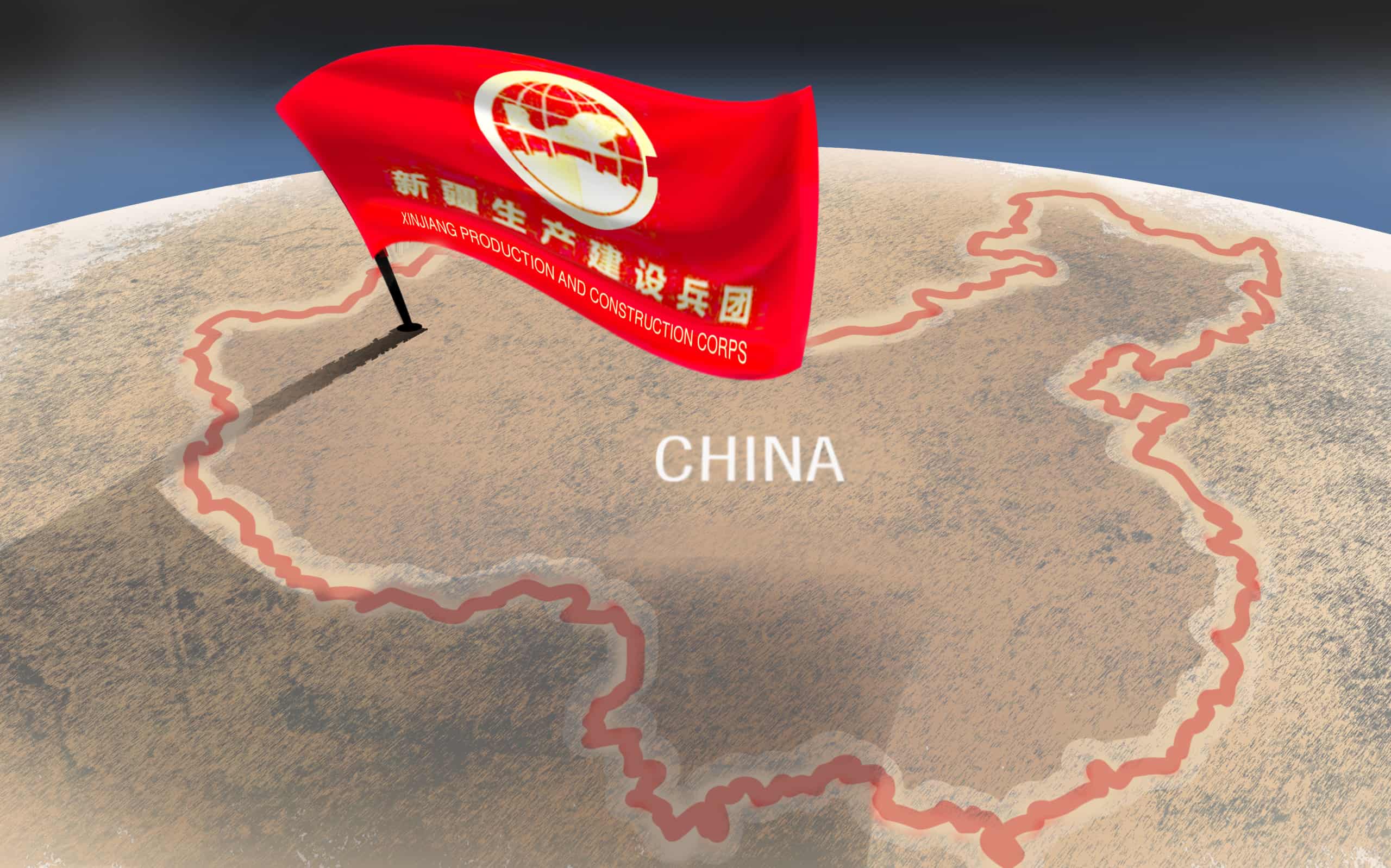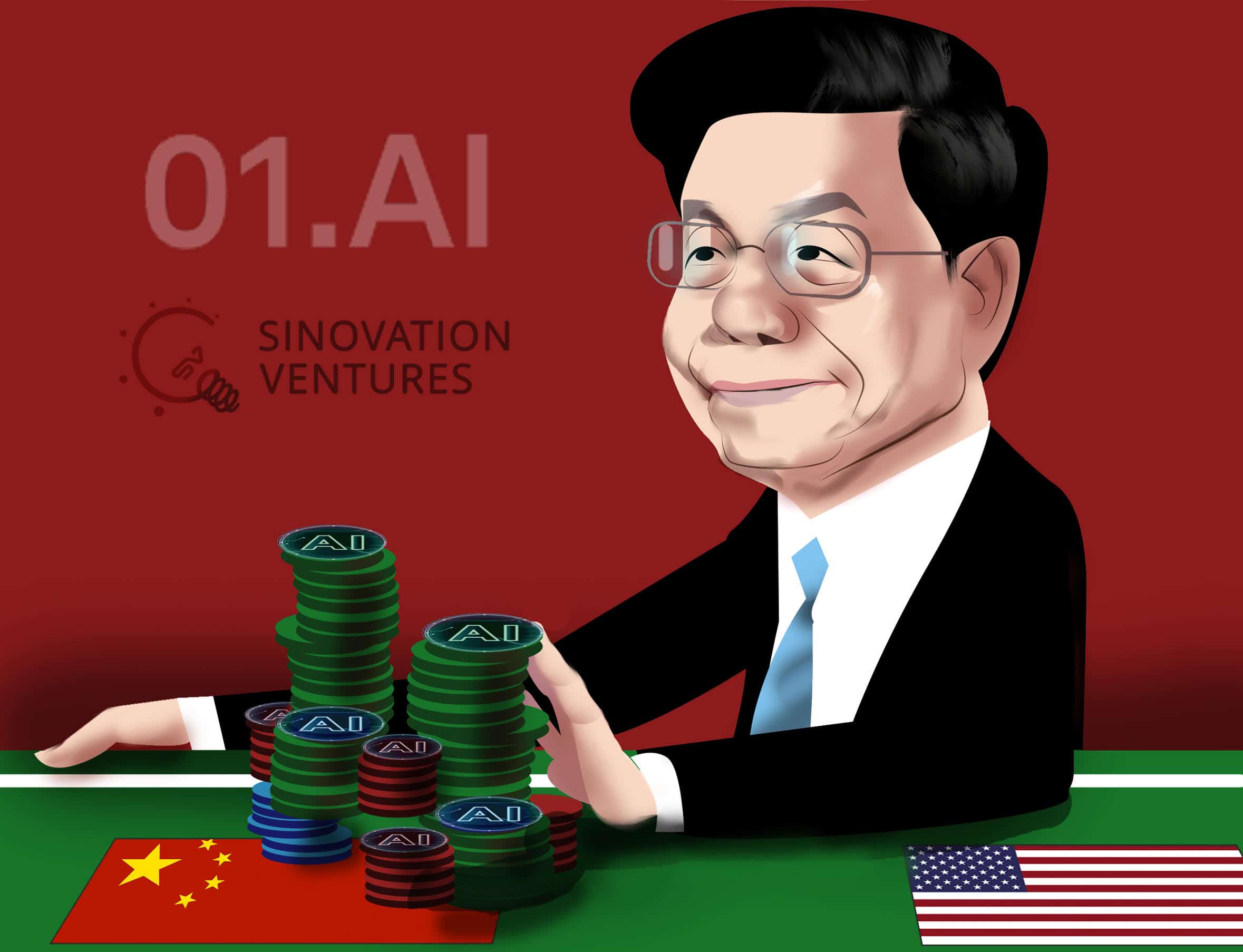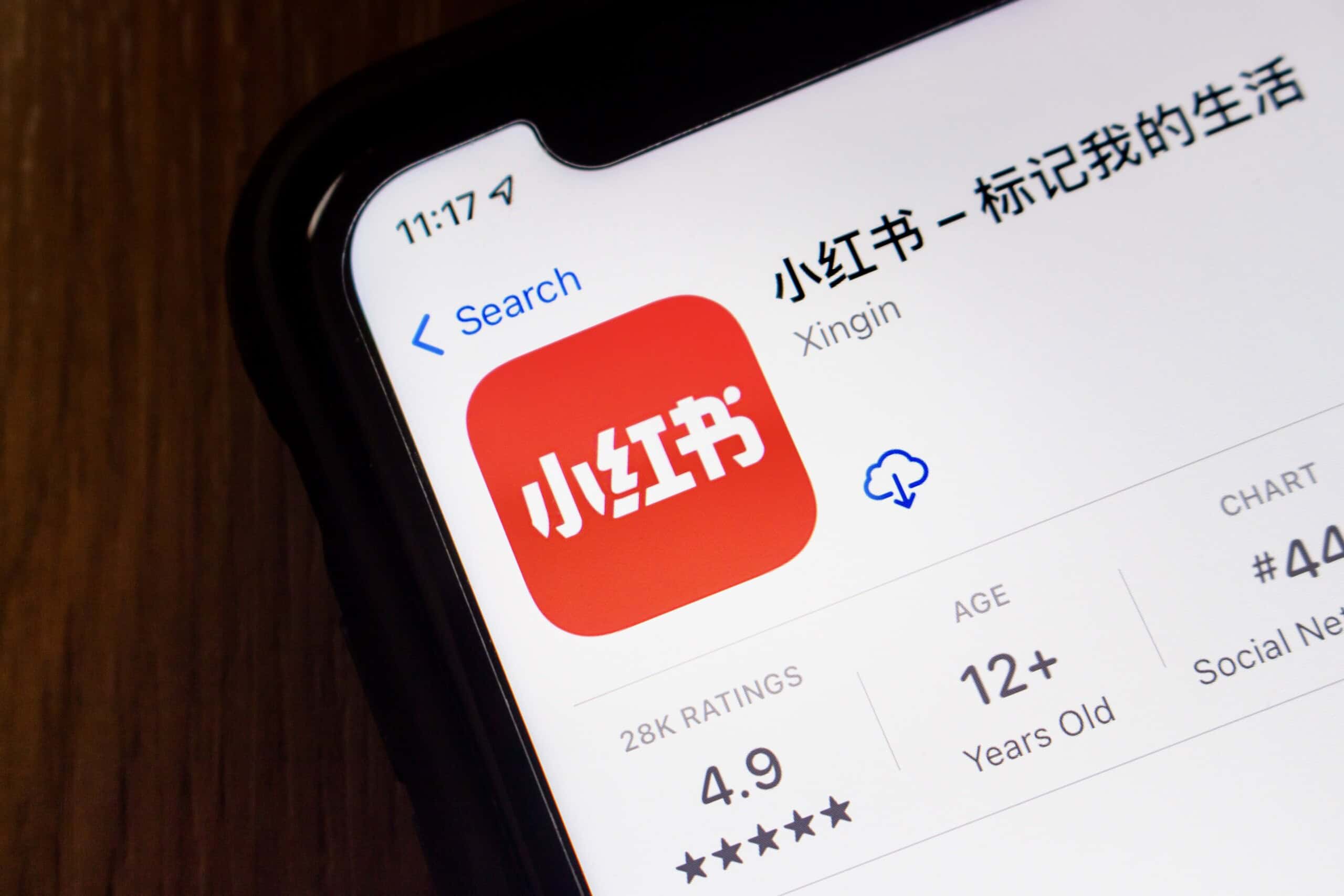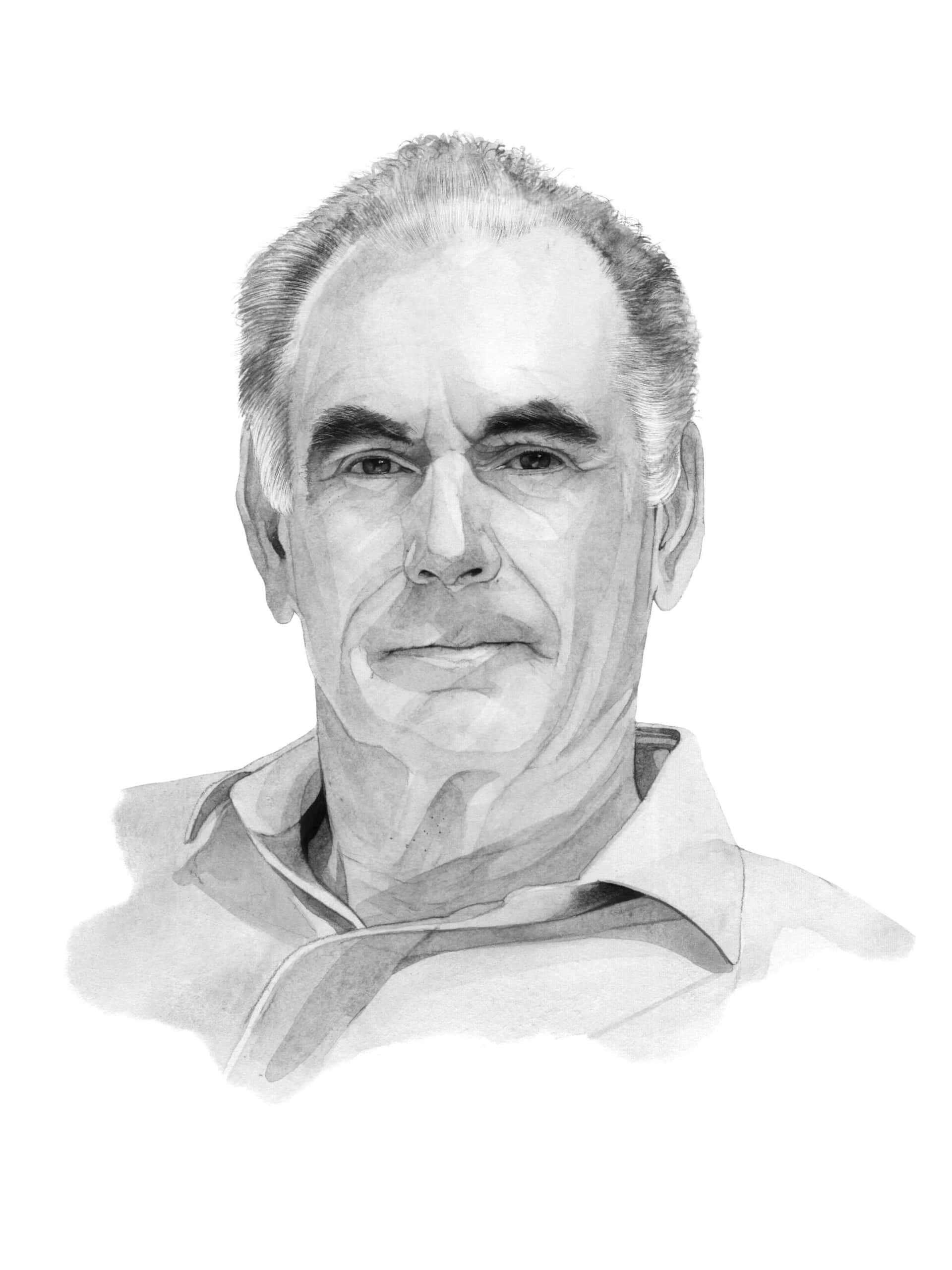
Earlier this month, one of the most sanctioned men in China got a big promotion. Wang Junzheng was the party secretary of the Xinjiang Production and Construction Corps (XPCC) — an organization integral to carrying out what U.S. officials have deemed a genocide against Uyghur Muslims in China — and, evidently, his higher-ups were impressed by his work. Despite sanctions from the U.S., United Kingdom, Canada and the EU — all of which were intended to “discourage” Wang and “promote accountability” — the Chinese Communist Party (CCP) promoted Wang to Party chief of the entire Tibet Autonomous Region, an important job in another politically sensitive area for the Chinese government.
Wang’s promotion laid bare one of the central questions of Western efforts to stop the Uyghur genocide: Do sanctions actually change behavior? A big part of the answer, analysts say, is who you are sanctioning.
Wang’s organization, the XPCC, is a paramilitary force that has been tasked with controlling and settling the Xinjiang region with Han people. In recent years, it has gained notoriety for its reported involvement in setting up detention camps for Uyghurs and facilitating labor transfer programs, in which Uyghurs are forcibly moved to work. These human rights abuses have landed the XPCC on nearly every U.S. sanctions list. The Treasury department froze all of its U.S. assets and made it illegal for its top leaders to travel to the United States. The Commerce Department barred U.S. companies from exporting goods to it. Customs and Border Protection (CBP) banned any cotton — a major export — produced by the XPCC from entering U.S. soil. And the State Department, in a Xinjiang supply chain business advisory, warned against doing any type of business with the XPCC, mentioning it 26 times in a 36 page document.

Yet, the XPCC is alive and well — with its leaders being promoted through the CCP ranks. In a September 2020 speech to the Xinjiang Central Work Forum, Xi Jinping specifically mentioned that it is necessary to “ceaselessly strengthen the XPCC’s organizational advantage and mobilization ability so that it may better achieve its special function.” This, as Georgetown University scholar James Millward says, effectively gave it “a slap on the back.”
Many analysts say that sanctions simply won’t work against the XPCC or its members for two big reasons. First, for Beijing, the issue is ideological, not economic. And second, the unique organizational structure of the XPCC is impossible to disentangle from the wider Xinjiang region — and even from China itself. The XPCC, Millward says, is like “a state-owned enterprise on steroids.” With a mission to populate the Xinjiang region with Han Chinese, more than half of its budget estimated to be from central government subsidies, and its hands in many and varied pockets — from running detention camps to operating high tech industrial parks — the XPCC is deeply enmeshed in Beijing’s goals and planning.
“I think of the XPCC as an octopus,” says Laura Murphy, a professor of human rights and contemporary slavery at Sheffield Hallam University in England. “Every tentacle you pull out, another tentacle moves in.”
In the nearly two dozen interviews that The Wire conducted for this article, the XPCC was likened to a variety of elusive natural phenomena. In addition to an octopus, analysts described it as an iceberg, with most of its heft out of sight; an archipelago, with islands of control throughout the region; and as bamboo, an invasive and intertwined entity that is nearly impossible to rout out. But regardless of the metaphor, most people agreed on one thing: without understanding the XPCC, it is impossible to understand modern day Xinjiang.
Understanding the XPCC, however, is no small feat.
“There are a lot of experts outside of China on Xinjiang, but when you start talking about the XPCC, they run into troubles,” says Guo Qian, a geography professor at San Francisco State University, who has done extensive research on the XPCC and travelled to XPCC areas for fieldwork. Guo describes the XPCC as a “very secretive” and a “one-of-a-kind” entity. “Even for someone like me, who can pass as Chinese,” he says, “I was being stonewalled [in the XPCC], even when I wasn’t researching anything sensitive — nothing about the XPCC’s military role or their prisons.”
Most people know the XPCC, which is also called the bingtuan, for its paramilitary role, but less appreciated is the fact that the XPCC is a massive corporate conglomerate with close to 3,000 majority-owned subsidiaries, according to a report from C4ADS, a Washington, D.C.-based think tank. It is also a significant shareholder in 13 companies listed on Chinese stock exchanges. While it is most known for its work in agriculture — especially cotton and tomatoes — the XPCC has recently expanded into tourism, venture capital and various high tech industries such as the solar supply chain. Despite the U.S. government’s best intentions, analysts note that the breadth of the XPCC’s business empire makes it nearly impossible to sanction effectively. In the past, the XPCC has been linked to companies supplying Nike, Calvin Klein, and Patagonia.
“When we use sanctions, we are making sure that there are no direct connections,” says Irina Bukharin, an analyst at C4ADS and author of the recent XPCC report. “But what happens if it is more indirect? The XPCC is not a single entity — it is a huge conglomerate. And U.S. businesses and analysts are very ill equipped to deal with Chinese language material to do due diligence, whether its Chinese company names or agreements or corporate records.”

Design by Eliot Chen
If thwarting a secretive paramilitary conglomerate wasn’t difficult enough, the XPCC also has an arrangement with both the local and central government. In a region four times the size of California, the XPCC independently governs vast swaths of land that are home to approximately 12 percent of Xinjiang’s population. The organization reports only to Beijing, which has been giving it financial assistance since its founding in 1954.
“The XPCC is not well understood,” says Tom Cliff, a scholar at the Australian National University and author of Oil and Water: Being Han in Xinjiang. “It is a corporation and a quasi-government that is directly governed by the center. They are doing what they’re doing in Xinjiang because it is an income stream and a justification for their existence. But you can’t separate what is happening in Xinjiang from the center.”
A ‘BANDIT ARMY’
In July, 1996, the Senate Committee on Foreign Relations held a hearing entitled “World Bank Projects in Xinjiang” in order to discuss $180 million worth of rural development projects commissioned by the World Bank and implemented, in part, by the XPCC.
The XPCC was little known at the time, but activists were trying to draw attention to its history of human rights abuses to prevent the World Bank from financing it.
“To maintain such paramilitary organizations, the XPCC must raise its productivity and earnings,” testified Ablajan Laylinaman, who worked as director of a XPCC regiment’s Foreign Trade Office before fleeing China in the 1990s. “The World Bank’s loans, which claim to only benefit the working peasants in Xinjiang, are in fact funding the XPCC’s continued political existence.”
In the end, this argument fell on deaf ears. After the World Bank conducted an “extensive” investigation, which included assurances from central authorities, they came to the conclusion that their projects employed no forced labor and “no administrative relationship was found” between the XPCC and the military.
The report went on to state, “To avoid even the appearance of a link to forced labor, [the XPCC] will serve as an implementing agency for future projects only with a complete separation of its commercial and civilian activities from its other functions, specifically prison management.”
When Laylinaman testified, he told The Wire, “nobody knew what the bingtuan was.” But with only a cursory glance at the XPCC’s history, it is clear that separating its military role from its commercial and civilian activities is a fool’s errand. After all, the XPCC was founded by Wang Zhen, one of Mao Zedong’s most trusted and feared generals, and it has always been tasked with defense related work.

In 1949, as the newly formed People’s Republic of China emerged from two decades of war with the opposing Kuomintang, Wang Zhen was assigned to oversee the remote, northwestern corner of the new nation. With a majority Uyghur population, who are culturally and ethnically more similar to Central Asian populations than the Han Chinese, Xinjiang was seen by the new central government as vulnerable to disorder and dissent.
Wang’s mission was to shore up the central government’s control in the region, and his tactics for doing so were notoriously brutal — mothers in Xinjiang supposedly told their kids, ‘Be good, or else Wang Zhen will come and get you.’ Wang reportedly considered Uyghurs to be a troublemaking minority and suggested in a letter to Mao Zedong that they be “thoroughly wiped out” to prevent future tension.
Xi Zhongxun — Xi Jinping’s father, who was running the Northwest Bureau, which included Xinjiang, at the time — purportedly disagreed with such extreme measures, but one of Wang’s mechanisms for instilling order in the region lived on: the XPCC. Wang established the organization to bolster the presence of Han Chinese by employing the newly out-of-work soldiers from both the PLA and opposing Kuomintang. Founded in 1954, the XPCC was originally composed of 175,000 soldiers and their families.
“The Communist Party had a few problems — development, ethnic tension and a demobilized army that they had to do something with,” explains Nick Holdstock, an author of several books about Xinjiang, including China’s Forgotten People: Xinjiang, Terror and the Chinese State. “The bingtuan was a solution. They sent these soldiers out West, which is a time honored tradition in China.”
At the beginning, the XPCC was far from organized. As Cliff describes in his book, many thought of it as a ‘bandit army.’ While they could always be called upon to pick up their guns and protect the border, most of the soldiers were engaged in agricultural work in barren, desert-like areas.
“It was a hard life,” Cliff told The Wire. “Everyone who grew up on the bingtuan wanted to leave the bingtuan.”

As the years went on, the XPCC’s ranks quickly grew with predominantly Han people from other Chinese provinces — usually poor migrant farmers or prisoners who were coerced to join. The XPCC was also founded on an inheritance model, meaning that children of members were automatically initiated into the Corps.
Although Beijing dissolved the organization in 1975 due to power struggles during the Cultural Revolution, the Soviet Union’s 1979 invasion of Afghanistan, which shares a border with Xinjiang, underscored its value. By this time, Wang Zhen, the XPCC’s founder and staunch supporter, was on the Politburo and a close advisor to Deng Xiaoping, who was then the nation’s leader. Deng visited Xinjiang in 1981 to see for himself the “unsteady situation,” according to news reports at the time, and the XPCC was soon reinstated — likely in part due to Wang’s encouragement.
Beijing went on to show the XPCC a kind of favored status and moved to formalize it in various ways. Although the XPCC has never fully shed its military culture or role, it was officially incorporated in the 1990s, signalling a shift towards making it more business oriented. Beijing also granted it more autonomy over its own areas, and designated it as a government entity on par with the other provincial governments and ensured it reported directly to the central government.
These reforms came at the expense of the local government of the Xinjiang Uyghur Autonomous Region (XUAR), which has always had a tense relationship with the bingtuan. A 2018 paper published by Bao Yajun, a former fellow at the Development Research Center of China’s State Council who was sent by the Central Organization Department in 2008 to study the management structure of the XPCC, offers a frank portrayal of the tensions.
“The dual system of governance of Xinjiang makes the relationship between XPCC and XUAR very interesting and not always harmonious,” Bao wrote. “Nominally, XPCC is subject to XUAR, and as an organization, XPCC is part of XUAR. But this seems to have no substantive meaning because XPCC ‘handles its own administrative and judicial affairs,’ including its economic affairs, under direct control of (and with support from) the national government.”
Nominally, XPCC is subject to XUAR, and as an organization, XPCC is part of XUAR. But this seems to have no substantive meaning because XPCC ‘handles its own administrative and judicial affairs’… under direct control of (and with support from) the national government.
Bao Yajun, a former fellow at the Development Research Center of China’s State Council
While he was conducting fieldwork on the XPCC from the mid 1990s to mid 2000s, San Francisco State’s Guo says he also witnessed this clash. “When I brought up the XPCC to the Xinjiang regional government, they didn’t want to talk much about it. And XPCC officials would regurgitate, ‘we have a very harmonious relationship,’” says Guo. “It was an uneasy coexistence.”
Likely adding to the regional government’s frustrations was the fact that the XPCC obtained control over prime areas of land, including at the heads of rivers in a region with scarce water supply. And yet, even with those key resources, the XPCC seems to have struggled financially for years, relying instead on the largesse of Beijing.
Bao painted a bleak picture of the XPCC’s profitability, particularly in their agricultural operations. “The state must purchase massive amounts of agricultural products to support the XPCC,” he wrote. “With regard to these factors, the centre does not have high hopes for the future profitability of XPCC. It nevertheless continues to support XPCC with these enormous subsidies, demonstrating the centre’s view of the continuing strategic importance of XPCC.”
For much of the 2010s, the perceived threat of Islamic extremism and terrorism underscored the XPCC’s “strategic importance.” A spate of violent events involving Uyghurs during that time — including the Urumqi riots in 2009, a knifing attack in a Kunming train station, and another knifing and bomb attack in Urumqi — made the Chinese government concerned about dissent.

Moreover, under Xi Jinping, the central government’s emphasis on asserting its total control has only intensified, making the XPCC’s unique mission and structure worth the price tag. Indeed, from 2017 to 2019, according to Chinese analyst reports, more than 60 percent of the XPCC’s financial resources came from central government transfers.
“Economically, the bingtuan was never a success story. They were losing money, they were heavily subsidized,” says Holdstock, the author. “But their primary purpose has never really been economic, it is about boosting the Han demographics.”
And in that regard, they have been disturbingly successful. In 1953, the government census showed that Han people made up only 6 percent of the Xinjiang population; today, it is more than 40 percent. The XPCC’s mission to protect the border and maintain order, meanwhile, is as urgent as ever in the eyes of the central government. Dru Gladney, an anthropology professor at Pomona College who has published a number of books on Muslims in China, notes that with the U.S. retreat from Afghanistan, Beijing will look to the XPCC even more.
“Stability is very important to the central government,” he says. “And the XPCC will help make sure nothing spills over from an independent Afghanistan.”
Regardless of whether or not this fear is paranoid, analysts note it will be used to justify the XPCC’s continued political existence.
UNDER PRESSURE
Yet, maintaining an organization like the XPCC is no small financial feat. Although it had a gross production value of more than $42 billion in 2019, the XPCC is reportedly besieged by financial woes. In addition to business inefficiencies and waste, analysts note it has hefty operating costs since it pays salaries, pensions and benefits to multiple generations — more than three million XPCC members.
So, although it’s unclear whether sanctions have changed behavior, some say they may be adding stress to the XPCC’s increasingly dire financial situation. According to an official Chinese government report from February, the total liabilities of XPCC-controlled SOEs have grown to more than $61 billion. And, according to financial data provider Refinitiv, so far this year, the XPCC and its subsidiaries have already raised nearly $8 billion in bonds, up from $3.3 billion in 2020.
The XPCC, according to the official report from February, must “fight for policy support, overcome the adverse effects of the [Covid-19] epidemic, pay close attention to the downward trend of corporate profits and take effective measures to improve profitability.”
Improving profitability could be one reason the XPCC has attempted to diversify so aggressively in recent years. While XPCC farms produce around 38 percent of China’s cotton and, by some estimates, 20 percent of Xinjiang’s GDP, the margins in agriculture are small. Beginning nearly a decade ago, analysts say, the XPCC started moving into higher tech industries, such as the global solar supply chain where it has seen notable success. Eight of Xinjiang’s top eleven producers of the raw materials required for solar panel manufacturing, benefit from affiliation with the XPCC, according to a recent report by Sheffield Hallam university. Those relationships range from formalized cooperation agreements and joint ventures, to being based in XPCC-based industrial parks where companies benefit from cheap subsidized energy.

“These companies may not be liaising with the XPCC every day, but their physical location is administered by the XPCC,” says Matthew Funaiole, senior fellow at the Center for Strategic and International Studies who has been tracking the XPCC’s connections to the solar supply chain. “In Xinjiang, it is just difficult to avoid interaction with the XPCC on some level.”
Hoshine Silicon Industry Company, a prominent company that was sanctioned in June, exported a total of $156 million in goods to the U.S. over the past two and a half years. Their headquarters are located in an XPCC-run industrial park in Shihezi, XPCC’s capital city, and the company has received over $10 million in special subsidies and investments from the XPCC since 2012.
Even if there were more sanctions, however, it is unclear they would stop XPCC goods from making it into the U.S. and the wider global economy. The recent C4ADS report, authored by Bukharin, shows that some XPCC goods are sold first to Chinese companies who then export abroad, while other XPCC products are routed through neighboring countries in Central Asia before being shipped further afield. The report also shows how the XPCC’s foreign subsidiaries and listed companies help them engage with foreign capital.
“Our report shows that the actions we are taking now is not working at the level we would hope,” says Bukharin. “It is a challenge for the government to create a list of subsidiaries, just like for any one else. And the domestic connections that the XPCC has with the rest of China are hugely important.”
This is particularly true in the cotton industry, which remains a major XPCC export and where it is particularly hard to trace products back to the XPCC. Terry Townsend, former executive director of the International Cotton Advisory Committee, remembers meeting XPCC officials dressed in full military regalia at cotton industry meetings in the mid 2000s and says he is “absolutely positive that the sanctions are not effective and their cotton is moving around just as it always has.”
“The boycotts on South Africa [in the 1960s] were the most widespread sanctions in history,” he notes, “and even their cotton moved around. To think that a country like China would be constrained by these sanctions is ridiculous. I don’t know if the U.S. government is naive or ideological, but it absolutely will not be effective in any economic way.”

Nicholas Mulder, a history professor at Cornell University who focuses on the use of sanctions and the author of The Economic Weapon: The Rise of Sanctions as a Tool of Modern War (2022), says that sanctions have a time and place, but the U.S. is using them poorly. The fact that the U.S. has many layers of sanctions on different parts of the Chinese economy for different reasons, he says, makes it both difficult for Chinese authorities to disentangle and difficult to credibly claim that sanctions would be taken off in the case of changed behavior.
“You have to be very clear about what the goal is and lift as many as you impose,” he says. Otherwise, the U.S. is “just signalling towards a domestic audience. And we should want to do more than feel good about ourselves.”
Signalling, however, may be enough in the eyes of the U.S. government. Given that it is never possible to use sanctions to create a “hermetic seal,” says Daniel Fisher-Owens, a lawyer at Berliner Corcoran & Rowe who specializes in sanctions, it makes sense to use them “so that companies that want to comply will tend to act conservatively. The breadth of the regulations encourages companies to err on the side of not doing business with sanctions targets like the XPCC.”
Indeed, as concerns over human rights and political repression continue to multiply, American companies in all industries are currently being forced to make hard decisions related to the China market. While sanctions against the XPCC may not work to change the immediate reality in Xinjiang, “they do create a dilemma for companies that want to continue to do business in China,” says Julian Ku, a law professor at Hofstra University. “It is hard to do business in China now, and the XPCC is a really good example of that.” In the long run, that economic reality may impact China’s strategy.
I gave up my life, and nobody listened to me… Now, people are finding out that the bingtuan is the one doing inhumane actions. Finally my life is worth something.
Ablajan Laylinaman, the former XPCC member who testified at the World Bank hearings
Ultimately, and perhaps surprisingly, the signalling impact of sanctions may matter most to those who insist nothing will change as a result of them. Ablajan Laylinaman, the former XPCC member who testified at the World Bank hearings, says he is “completely excited” about the sanctions — for him, they validate his decision to become a Uyghur activist.
“I gave up my life, and nobody listened to me,” says Laylinaman, who says he has not been able to contact his family, who still live within the XPCC, since he left China for fear of government retaliation.
“Now, people are finding out that the bingtuan is the one doing inhumane actions. Finally my life is worth something.” But still, he says, “The XPCC will never be shut down. No way. The bingtuan is the control of Xinjiang.”

Katrina Northrop is a journalist based in Washington D.C. Her work has been published in The New York Times, The Atlantic, The Providence Journal, and SupChina. @NorthropKatrina



